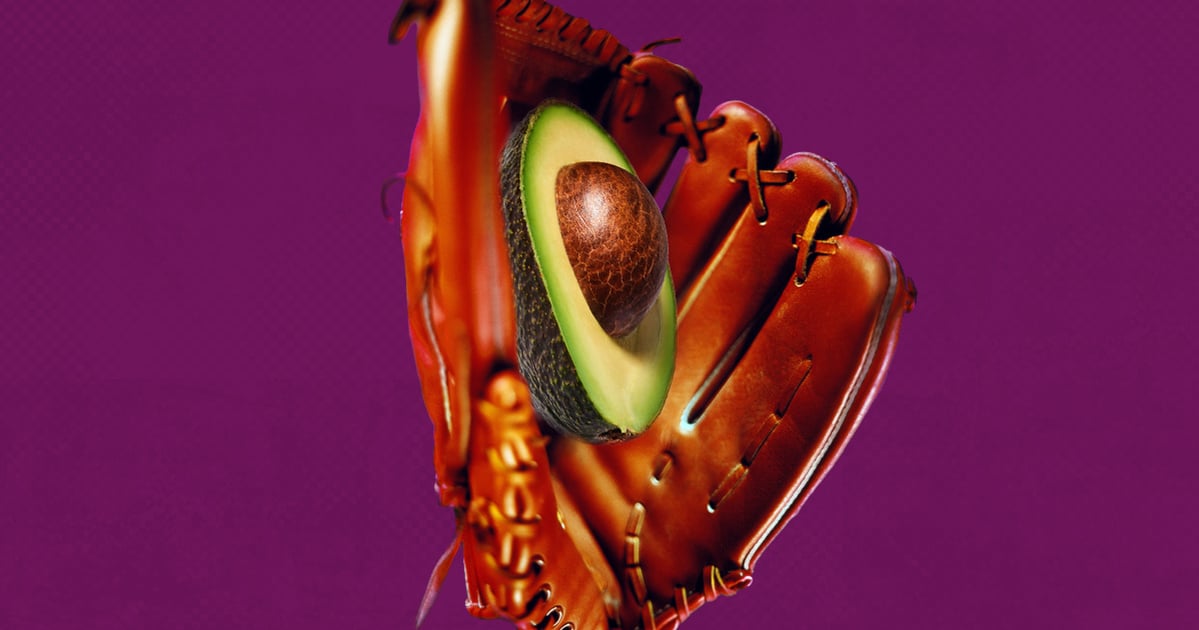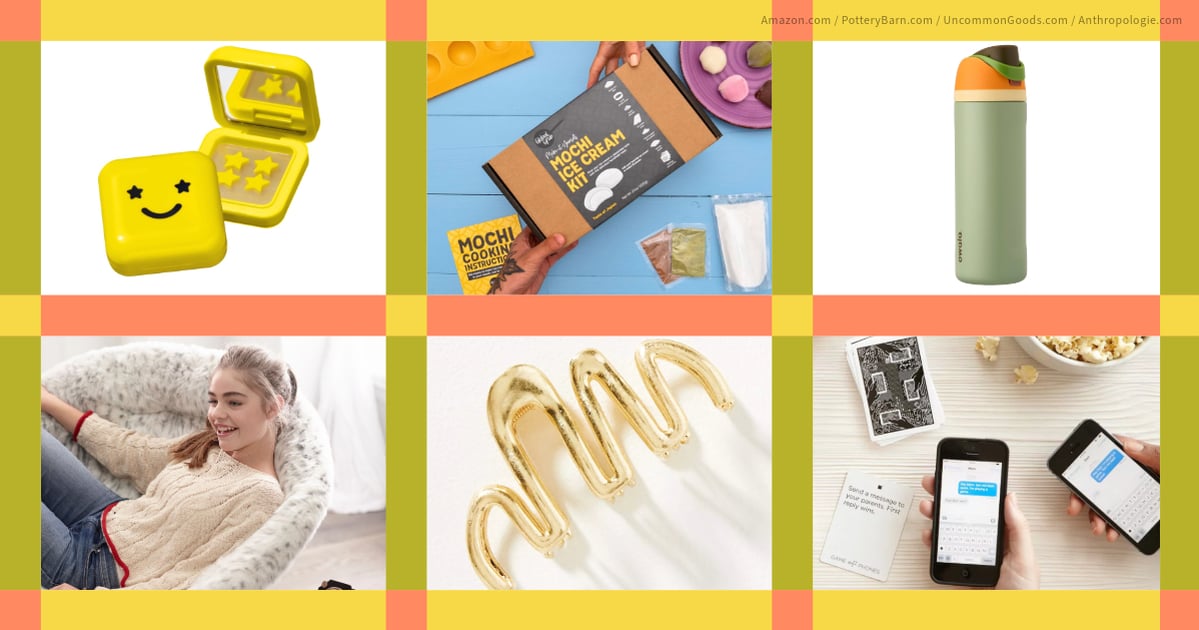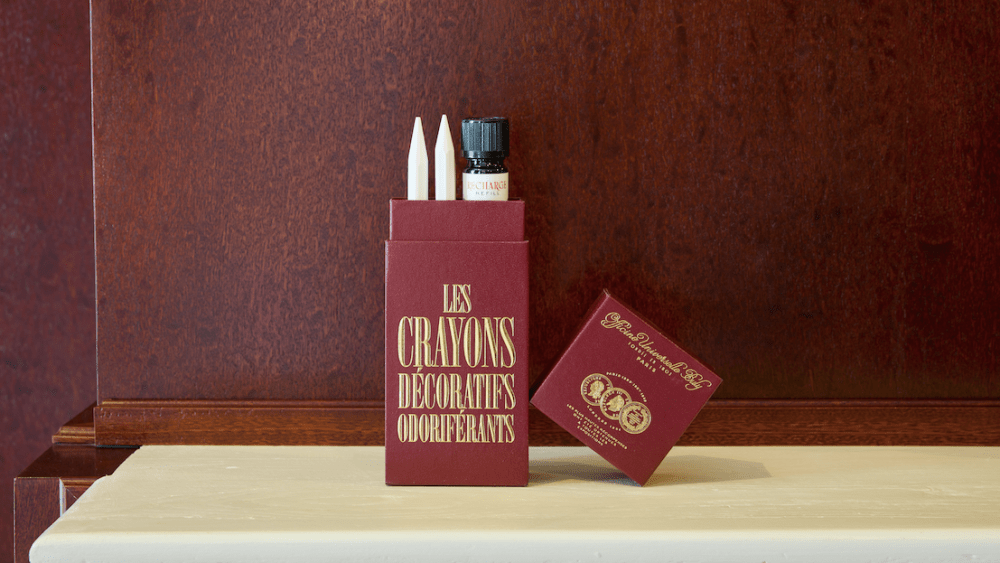Model and fashion icon Lauren Hutton exudes style, but that didn’t happen overnight. Hutton was the quintessential model-muse for young women in the late 1960s. Taking off her makeup and wearing comfortable clothes. Rejecting the mode of the time — an aesthetic she declares was all her own doing. “Real style you can develop for yourself,” she told WWD in an interview published on Jan. 1, 1997. The conversation then is quite similar to today’s fashion conversation.
In this reproduced interview with Hutton from WWD’s “Breaking Through: Setting the Style, From Musicians to Models to Motivators” — a series devoted to women from various fields outside the fashion industry whose style antidotes shaped and have influenced the way we dress over decades — Hutton discusses with WWD her journey to beauty and style icon.

LOS ANGELES — “When I came to New York, 18-year-old girls wore killer girdles.
You May Also Like
You had to lie on the floor to get them on,” said style icon Lauren Hutton, now 51, talking in her characteristically husky voice about being a model in the early Sixties.
“They did three serious hours of work on the face. Then there was another couple of hours for hair: You had to wear all of this grotesque makeup. Made you look like an old tramp.
And they were doing all of that to me.”

They weren’t doing it for long, though. The rigid Fifties — epitomized by hair lacquer and sheath dresses — were dying on the cusp of the freewheeling Sixties. Miniskirts and Mod fashions were in, as was psychedelic-influenced fantasy dressing.
Hutton, the daughter of a downwardly mobile socialite and fond of saying she grew up in a Florida swamp, managed to be ahead of her time. She went braless and wore little makeup. And in 1966, her natural look captured the attention of Diana Vreeland, who booked her for her first Vogue cover: In the next six years, she would do 21 more.
“She was the Kate Moss of the Sixties and Seventies,” said celebrity stylist Wayne Scot Lukas. “And she knew what she wanted. She wasn’t going to put her hair in curls if she didn’t want to.”

But it wasn’t until 1974, when she was 29, that Hutton became an outright symbol: gap-toothed but glamorous, raunchy but casually elegant. She was simultaneously a throwback to Katharine Hepburn and Lauren Bacall and a personification of a new generation of liberated women.
“The sky was the limit,” said Hutton, about the unprecedented $200,000 exclusive contract she signed that year when Charles Revson picked her to become the face of the Ultima campaign. “But for very many years, I was a blank sheet for everyone to put their vision of a woman over.”
Blank sheet or not, the vision of Hutton that has endured through ad campaigns, fashion layouts, movies and a recent cable television talk show is of her own humorous exuberance and of the style she eventually developed. It was a look of worn jeans and old money, of safari suits and aviator jackets, slouchy hats and fishing vests. Most of all, it was the look of a woman who didn’t just stand around but did things.

“When Lauren put on an Armani suit and a white T-shirt, it was news, it was influential, but it was also about her own comfort and lifestyle,” said Lukas. “A big trenchcoat and sneakers — that’s Lauren Hutton. But she has to have the right thickness of sole on the sneakers, the cuff on a shirt pulled up just so. I could tie a tie for her for three hours, but it has to look flyaway.”
In her hotel room at the Regent Beverly Wilshire here, where she was staying while shooting a print ad campaign for Regatta, her creamy cashmere sweater lay across the couch, and a sturdy plaid Jil Sander jacket was draped over a chair: On a nearby table, a battered woven Malaysian backpack rested next to a hand-tooled leather briefcase — a $5 find at a Texas garage sale.
It all seems like quintessential Hutton, including the old black Yohji Yamamoto pants and Carole Little blouse she wears with Sperry Top-siders. But that look of inborn chic didn’t just happen.
“You know that snobby cliché?” she asked. “People say, ‘Well, you’re either born with it or you don’t have it.” That’s a lot of hooey.
Real style you can develop for yourself?”

That’s exactly what she did. She listened to Richard Avedon and Irving Penn and Polly Mellen. But most of all, she listened to her onetime boyfriend, Wall Street speculator Bob Williamson, who took her by the hand in those early days in New York, when her favorite outfit was aqua terry shorts, a maroon mohair sweater and go-go boots.
“At work, everyone was in love with the latest 400 accessories that were going to be replaced by two seconds later,” she said. “But he had this [clean] classic Yankee American tale on everything. He’d say, ’You’re going out in that? Not with me, you aren’t.’ So, you know, it’s exposure.”
Hutton admits to having had a brief midlife crisis in her early 40s, when she bought things in which she wouldn’t have been caught dead when she was 20.
“I remember buying punk dresses that were all slashed, then having dinner with some royals, and Little Lady This and That were there in dresses and hats,” she laughed.
Her mother’s generation, she said, was “axed in the neck” by society: “Making them feel that certainly by 50 they were over, and really by 40 they were over and out, and 35 was mutton dressed as lamb. Very kind old English saying, ‘mutton dressed as lamb.’”
It was during that minor crisis that Thuto:1, too, thought she was over the hill.
“I felt like I was an old bag because society made me feel that way,” she said.
Then photographer Steven Meisel brought her back for an influential 1989 ad campaign for Barneys New York, which led to other advertisers acknowledging women over 40.
“I think style is political,” she said. “I never quite understood how it works, but as I get older, I understand a little bit more. We’re cannibalizing fashion at an unprecedented rate. It’s a return to something to believe in. That’s why the Sixties clothes keep being repeated and repeated. It’s a return to the hope that maybe people can wrest power from the corporations that are making political decisions in America. It’s about kids thinking there’s not much future.”
Still, she said, she never tires of the beauty of young models and the excitement of fashion shows.
“I think one of the most wonderful things I’ve ever seen are those real fashion shows, because they’re such a celebration of femininity,” she said.
“It makes you proud to be a woman.”
By Louise Farr


